Best Network in Saudi Arabia: Fastest 4G LTE by Zain
Sultan Abdulaziz Al-Deghaither, Sr. Director of Network Engineering at Zain
Yes, it is the newest network. We are serving our customers with the latest technology provided by our partners. We are working with the biggest telecom service providers across the world, including Huawei, Nokia, Siemens and ZT. In addition, our fibre network is provided by Alcatel-Lucent, who have a very strong track record in that area.
Interview with Sultan Abdulaziz Al-Deghaither, Sr. Director of Network Engineering at Zain
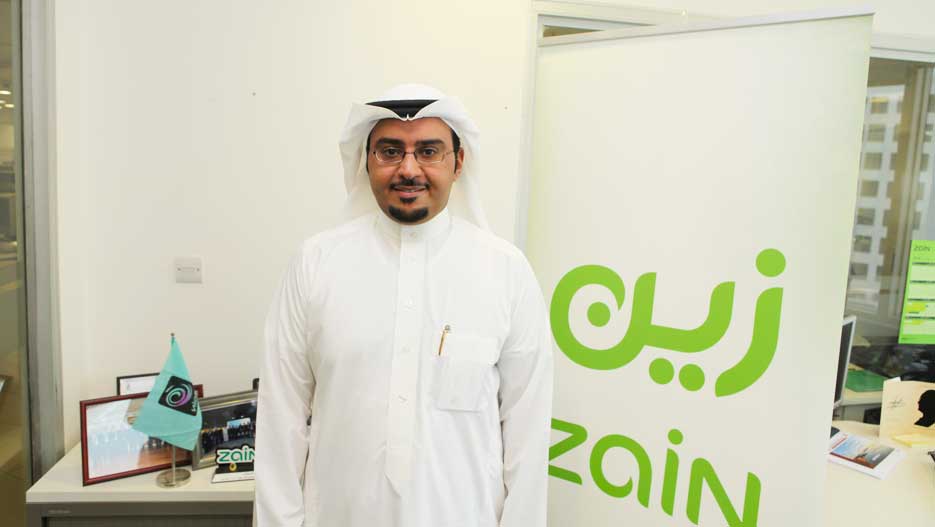
The topic of networks is particularly exciting, and I have been told that Zain currently has the best network in Saudi Arabia. Can you talk about why the Zain network is better and what differentiates it from the offering provided by other operators?
We started our network commercially in August 2008 and at that time we launched it as a single rung, state-of-the-art network providing the 2G, 3G and HSDPA plus services. Then in September 2011 we launched the LTE network and were the first mobile operator to do so commercially. In 2013 we received an award as the best telecom operator providing LTE services. We are now focusing on improving our network quality and on improving the customer experience we provide. The inter-operator benchmarking work that we have done over the last two years in Saudi Arabia shows that wherever the three operators have network coverage, we have the best network quality.
Would it be correct to say that Zain is also the newest network on the market?
Yes, it is the newest network. We are serving our customers with the latest technology provided by our partners. We are working with the biggest telecom service providers across the world, including Huawei, Nokia, Siemens and ZT. In addition, our fibre network is provided by Alcatel-Lucent, who have a very strong track record in that area. We are also optimising our network based on our customers’ needs. We know that all the traffic demand is coming from data, we are implementing our network to be a data service network and we are optimising it based on the location of our customers – wherever our customers are is where we are optimising the network. We have a local team – 60% of our local engineers are Saudis – so they know the hotspots, the key areas or “VIP” areas, and we are dedicated to improving our network quality on a daily basis.
Can you say that you have the best network?
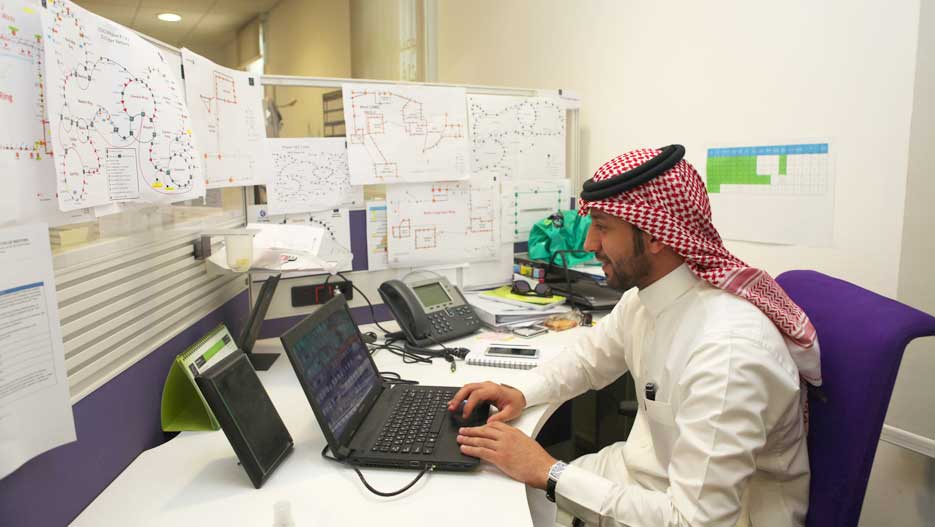
Zain KSA has a network that provides our customers with the best customer experience. Our long-term plan provides for expanding our network and meeting all our customers’ demands by giving them the best data service. We know that the data is driving the market, with Smartphones and tablets and their applications and so on, so we are going to keep on expanding our network wherever our customers are, and we will continue to provide them with the best data services in terms of speed, latency, coverage – everything.
Are you talking about 3G or 4G here?
As of today, we are covering 51% of the populated area with LTE and our target for the next three years is to increase this to 90%. Our coverage for 3G is 88% and our three-year aim is to reach 95%, while for 2G, or the traditional GSM services, our coverage is 92%, with a three-year target of 96%.
As of today, we are covering 51% of the populated area with LTE and our target for the next three years is to increase this to 90%. Our coverage for 3G is 88% and our three-year aim is to reach 95%, while for 2G, or the traditional GSM services, our coverage is 92%, with a three-year target of 96%.
The other operators are now working on FTTH (fibre to the home) or FTTB (fibre to the building). You have not decided to go down this road, but have decided to focus on 4G. Why did you make this decision?
Currently, we are only licensed to provide a mobile service and we believe that in mobility we can meet our customers’ requirements and provide them with the best customer experience. We can give them the data services they want, the speed that they need and the latency that they want, wherever they are.
Which do you think will be more successful: fibre or wireless services?
Unfortunately, you can’t compare these services directly. There are advantages with mobile services: you can go have it wherever you go, as it is based on the SIM Card and wherever you travel to in the country you will have the same quality of service. The fixed line is, of course, fixed, so you can only have it one location. There are of course many advantages in having the fixed line services, but we believe that in mobility we are going to give our customers the best mobility and we will be the best mobile operator for this in Saudi Arabia.
What is your current capacity? Are you running at full capacity when it comes to data and networks?
No, we still have enough capacity to provide our customers with a strong service. However, we are also working with our commercial colleagues and the strategy department to continue expanding our network based on market demand. To this end we have developed long-term plans for the next three years with our partners; we want to make sure that whenever we gain new customers, existing customer quality will not be affected.
Can we talk the investments you are making? You have already invested in developing your network infrastructure, but what projects are in the pipeline?
We have invested a lot in the network; approximately USD 1.5 billion over the last 7 years.
We have invested a lot in the network; approximately USD 1.5 billion over the last 7 years. We plan to increase this over the next three years by investing around USD 1.3 billon. This will be spent on enhancing our network, increasing network coverage by 30% and in getting our fibre network to support all our sites to ensure that we can handle all the data traffic coming from our subscribers. We also plan to have customer experience management teams, to have our own data centres and also to do develop our teams by giving them training and all the support they need to make sure that we continue to give our customers the best value.
Does this fibre network connect to 4G?
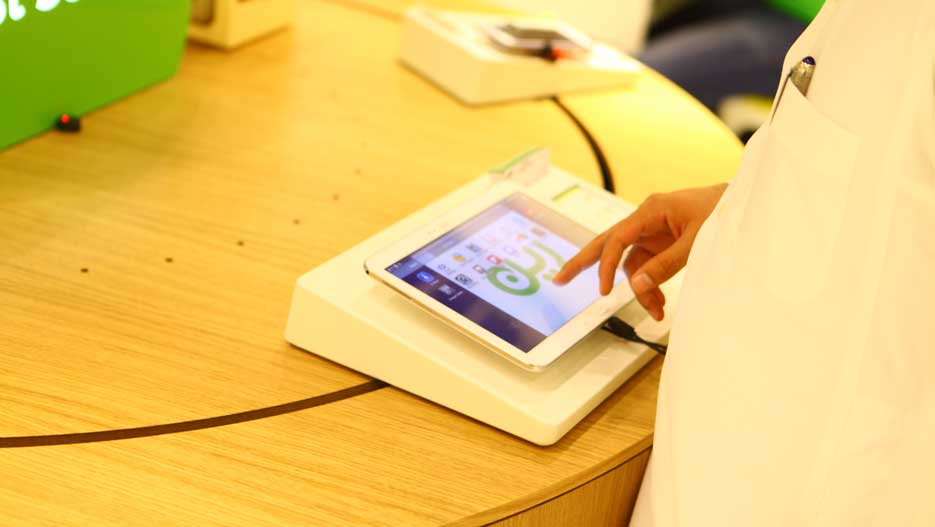
Yes, we are going to take the all the traffic from our sites from the 4G and link it back to our sites on the fibre network. It’s like a pipe connecting all the sites; all the traffic we handle from the subscribers can be taken to all calls and switches. This will make the service faster and more reliable for the customer. It will also have better latency, and this fact in particular will support those subscribers using the internet for interactive sessions such as online gaming or video conferencing. We will be able to provide our customers with the best customer experience.
What will happen to 3G in light of this? Will it become obsolete?
We are going to keep on investing in 3G and keep on improving our 3G network – the market is driven by the handset and it’s about the handset that is available on the market. A few subscribers still have a 3G handset, so you need to still serve them with the 3G concept. I personally believe that LTE will spread and take over from 3G more quickly than 3G did from GSM/2G. This is because all the new handsets and tablets support LTE. Even the customers are now asking us if we have LTE coverage. It seems to be becoming a phenomenon among all the normal subscribers as well; they are not engineers, nor are they are not working for a telecom operator, but they still want to have LTE services. This is because whenever they use LTE services, they want to continue being able to use it wherever they go. I believe the future is LTE. It is the long-term revolution.
And beyond LTE…?
Beyond that we have plans to introduce LTE advance, hopefully in 2016. We’re going to provide our subscribers with LTE advance services. We are carrying out trials with our partners as we speak to make sure that our team will be knowledgeable about this new technology and that whenever the handset becomes available to the customers the network will be ready as well.
The other providers, notably STC and Mobily, are also offering 4G services. What makes you different to them?
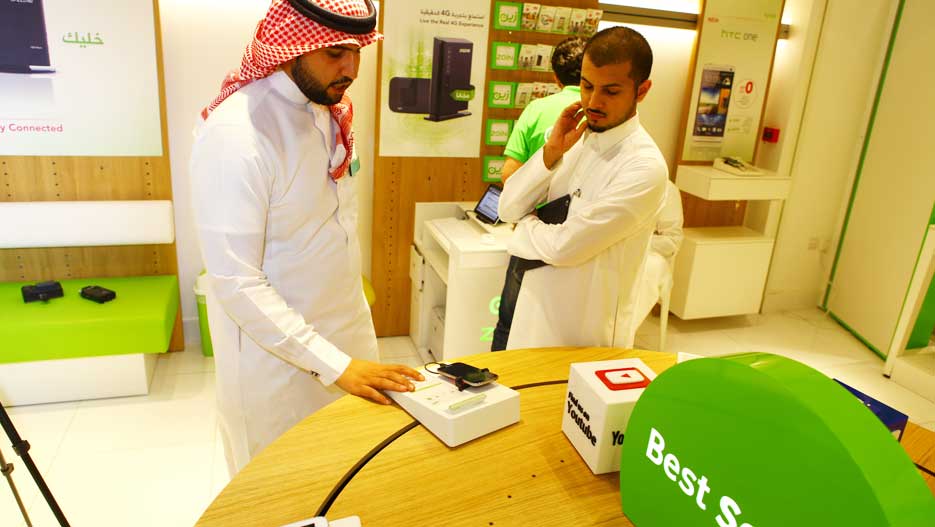
We launched the commercial LTE services before our competitors Mobily and STC and our network is also of a higher quality. We began offering LTE services in February 2010, when we concluded the biggest LTE trial agreement in the world, being an agreement for 300 sites. We also gave our employees a great deal of training in LTE technology, so we gained the know-how before launching the service commercially to our subscribers. In addition to this, the bandwidth that we offer our LTE subscribers is less congested than that of our competitors – our competitors have more traffic than we do, so the advantage we can offer is to free up that bandwidth and provide our LTE services on it.
So do you see voice or data being the future driver of growth?
Data services will be the future driver of growth because everything now is moving towards data. All the subscribers are calling home and doing everything via the applications available to them on their Smartphones and tablets. Furthermore, all the studies we have seen from the consultancies show that everything is moving towards data and even the forecast of revenue for the service providers, especially in the Gulf region, is predicted to be driven by data.
With regard to the KSA market, we expect LTE traffic to increase by 75% in terms of subscribers between now and 2018.
And you have positioned yourselves specifically to cater for this particular segment?
Yes, and this is why we have a clear forecast and vision to expand our business as we need to cater for all the data demand and all the data services.
What about the market in general? What is the outlook and predicted growth for these services?
With regard to the KSA market, we expect LTE traffic to increase by 75% in terms of subscribers between now and 2018.
And what about data consumption?
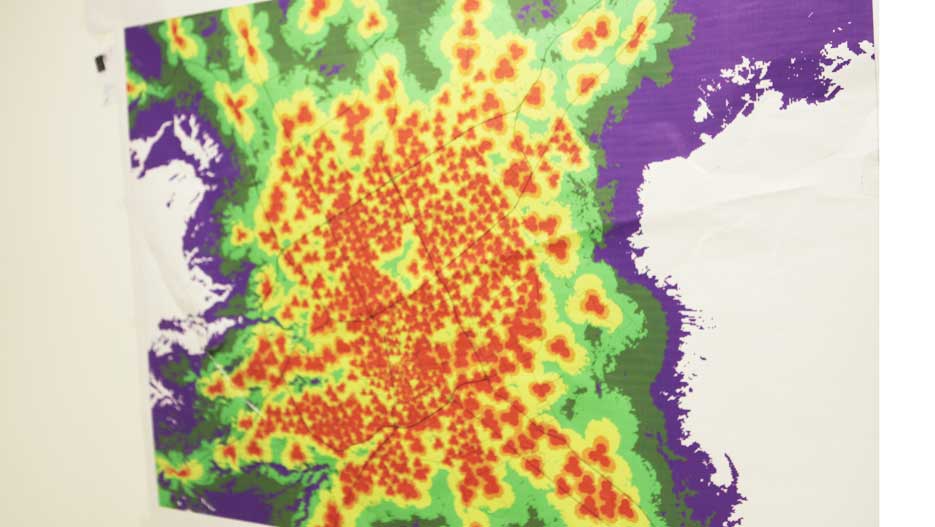
Data consumption in our network, in Zain Saudi, is 100% growth every quarter.
That is a lot of growth. When do you think you are going to saturate your network, what is the breaking point?
There is no breaking point. We are going to keep on expanding and we’re going to keep on observing the market and meeting the demands that come from it. We will keep on expanding, improving our network, increasing our coverage and increasing our capacity to cater for this data demand. We need to serve our subscribers.
Can you perhaps talk in a little more detail about the technology you are utilising?
We have LTE, or Long-Term Evolution, which is the fourth generation of mobile services. We also have HSDPA plus, or High Speed Data Packet Access, which is marketed as 3.5G and which gives subscribers a faster downlink speed whenever they are using internet browsers or downloading movies. We also provide traditional voice services on GSM and can also provide voice on 3G. We’re going to launch voice via LTE very soon now, as the platform for this is now ready and we are conducting some tests and trials with handset manufacturers such as Samsung and Sony. We’re just waiting for the new terminals that can support voice over LTE and then we’re going to provide it to all subscribers as well.
Can you tell me about these terminals, or data centres?
We have a test lab at Zain KSA where we test every new development before launching it on the market. This test lab is run entirely within Zain KSA premises and we have a dedicated team of local Zain staff, so that whenever we want to enable something new on our network or introduce a new feature or upgrade, we do all the testing and conduct all the trials in this test lab.
What should your customers be looking forward to in 2014 and 2015?
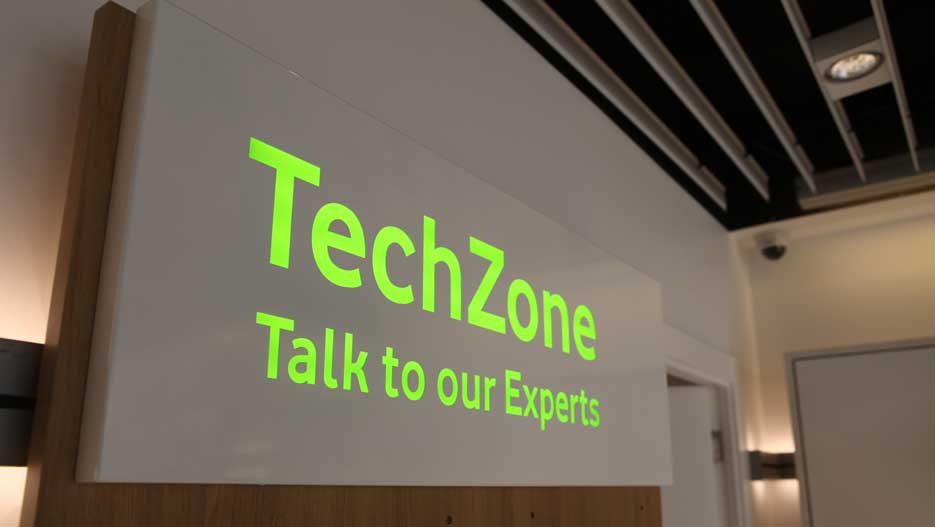
They will have the best data network, they will have a bigger LTE network, they will have better quality than before and we are here to serve them.
You’ve mentioned the growth you have in your network and the plans you have to continue growing. Do you think it is a wise decision to continue growing your network even if this affects profitability, but then to spend millions on building infrastructure in less populated areas where there is no need for it?
No, we are expanding the network wherever there is the demand. We have a geomarketing department, which we work closely with, and they tell us where we have to go and invest. In addition to this, we have introduced a new model with our partners for expansion, and this is a so-called “pay as you grow” model. Under this model, they provide us with all the platforms and whenever there is traffic or live subscribers attached to the network, we then make an investment with them. So we have the platform ready today and we are paying as we grow.
Saudi Arabia is one of the most competitive telecom markets in the world, although Bahrain may perhaps be even more competitive. In your experience, how does Saudi Arabia compare to other countries in terms of the networks?
Zain KSA has made a lot of changes over the last year, especially in the network department. We have provided focused training for our team and changed their mindset so that instead of seeing themselves as typical engineers, they are now business engineers.
In terms of the network, I believe that Saudi Arabia has one of the best networks for coverage and quality, not just in the Gulf, but even compared to the European and US markets. There is some very stiff competition in the Saudi market because the three mobile operators as of today are competing in terms of technology and products. The only differentiator between the three operators is network quality. So everyone is focusing on how to improve network quality even further to make sure that they can stand out. Another point is that in the past, subscribers were reluctant to change their SIM cards because they were voice SIM cards and changing your card meant changing your number, which no one wanted to do. Today with data, it’s difficult to keep subscribers in your network because if they don’t like your data service, they can simply change their SIM card to another service provider. So this is where the competition has become very tough in the Saudi market. There have been several price wars in this market in the past, but now it’s not about price any more but about who can provide the best network coverage.
Do you see Skype and other over-the-top services (OTTs) as competing with you?
In terms of the network, I believe that Saudi Arabia has one of the best networks for coverage and quality, not just in the Gulf, but even compared to the European and US markets.
They are competing with us and so a smart move would be to align ourselves with the OTT players and make them our partners in providing the subscribers with new data services. However, you need to have right platform to do this. The option is either to develop your own platform to give the subscribers an alternative or to align yourself with the OTTs. Part of our plan is to have an IP multimedia subsystem in our network. This will launched in mid-2015 and with this platform we will be able to provide our subscribers with voice services over LTE and all the OTTs, similar to services such as Skype, WhatsApp or even Facebook.
Is this something the others are doing as well?
This is where the technology is moving towards, so I’m sure that the others are doing this as well. But the question is when they are going to do it. We are planning to be the first.
To conclude, do you have a final message?
Zain KSA has made a lot of changes over the last year, especially in the network department. We have provided focused training for our team and changed their mindset so that instead of seeing themselves as typical engineers, they are now business engineers. We have trained them to know what the priority in terms of subscribers is and how to improve the customer experience we provide. We have also aligned ourselves with our partners to help our long-term vision, so we know that we will have their commitment and they will also have our commitment. We made all of these changes just to provide our subscribers the best customer experience possible on our network.